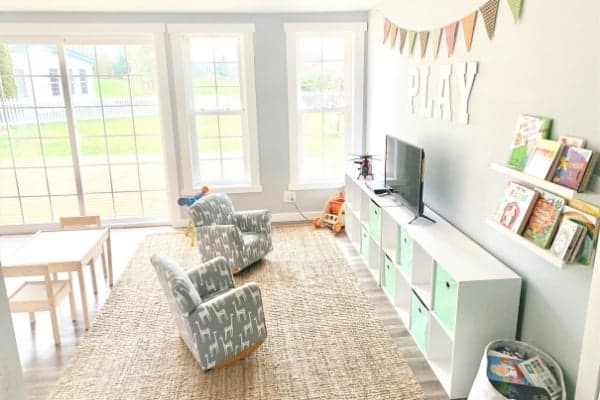As seasons change and temperatures drop, it’s time to start thinking about how to keep our homes warm and comfortable during the chilly months ahead. One crucial aspect that often gets overlooked is the insulation in our houses. Whether you’re a homeowner looking to upgrade your insulation or a renter looking to make your living space more energy-efficient, this blog post is here to guide you through effectively replacing insulation.
We’ll explore the importance of insulation, common signs that indicate it’s time for a replacement, and the different types of insulation available in the market. Get ready for a fresh start as we delve into the world of insulation and discover how a simple upgrade can bring significant benefits to your home and wallet.
Step-by-Step Insulation Replacement Prep
Before jumping into the replacement of your home’s insulation, it is essential to start with a well-organized plan. Preparing properly will not only make the process smoother but also help ensure that your insulation is effective and lasts for years to come. This section will walk you through the critical preparatory steps you need to undertake before replacing your insulation.
Evaluate Your Current Insulation
The first step is to conduct a thorough evaluation of your existing insulation. Look for signs of damage, check the insulation’s R-value, and consider its age. This will help you understand the extent of replacement needed.
Choose the Right Insulation Material
Once you’ve assessed the condition of your current insulation, it’s time to decide on the type of insulation that is best suited for your home. Consider factors such as the climate you live in, the R-value required, and your budget.
Gather Your Tools and Materials
Replacing insulation requires specific tools and materials. Ensure that you have all the necessary safety gear, cutting tools, and the right kind of insulation before you begin.
Prepare the Space
Preparing the area where you’ll be working is crucial. Clean out any old insulation if needed, repair any structural damage, and make sure the space is dry and free of any debris or obstructions.
Consider Professional Help
Lastly, decide if you need professional help. Installing insulation can be a DIY project, but there are times when it’s best to call in a specialist, especially if you encounter complex issues or if the project scope is beyond your skill level.
Plan for Proper Ventilation
As essential as insulation is, equally crucial is ensuring that ventilation is not compromised. Proper airflow prevents moisture build-up, which can lead to mold and structural issues. Assess and plan for maintaining or improving current ventilation systems in your home when installing new insulation.
Check for Incentives and Rebates
Look into local government or utility company incentives and rebates for home insulation improvements. Many regions offer financial benefits to encourage energy efficiency, which can help offset the cost of your insulation project.
Schedule the Replacement at an Optimal Time
Consider the timing of your replacement. Ideally, it should be done during mild weather to minimize discomfort in your home. Also, contractors may have more availability and potentially lower rates during their off-peak season.
Safely Dispose of Old Insulation
Plan to safely remove and dispose of your existing insulation, particularly if it contains asbestos or other hazardous materials. You may need to hire a professional to handle hazardous materials safely.
Conduct a Final Inspection
Once the new insulation is installed, conduct a thorough inspection to ensure that it’s properly placed and meets all the required specifications. Check for any gaps and seal them to maximize efficiency. Find out more by contacting insulation experts.
Closing Thoughts
Replacing your home’s insulation can be a substantial investment, but the long-term benefits are worth it. Properly installed and maintained insulation can reduce energy bills, increase comfort in your home, and even improve air quality. With the right planning and approach, replacing insulation can be a simple and rewarding process that brings significant improvements to your home in the colder months ahead.





